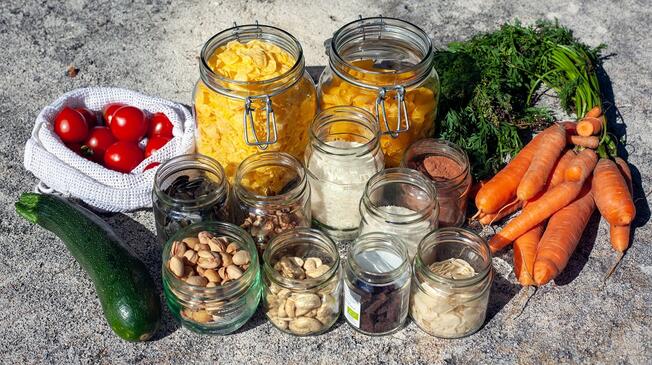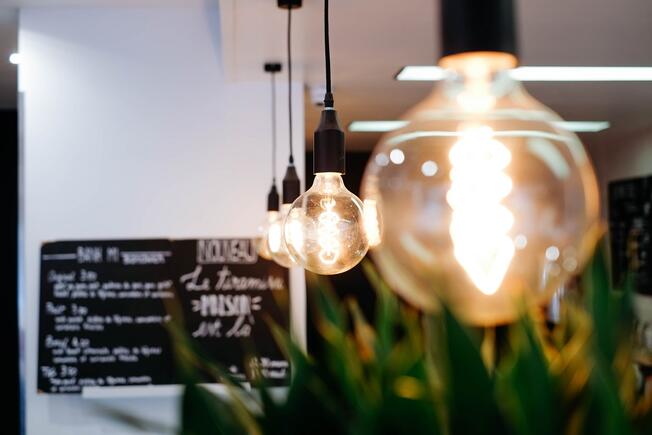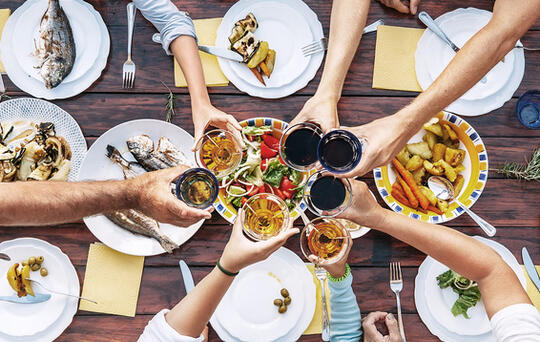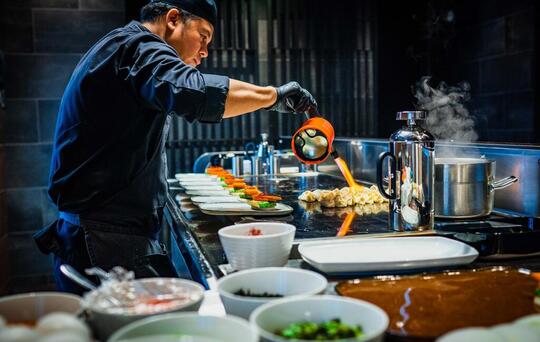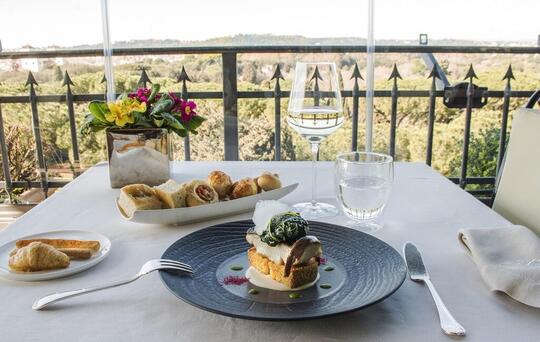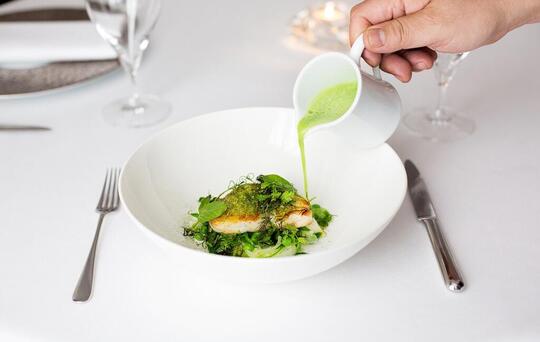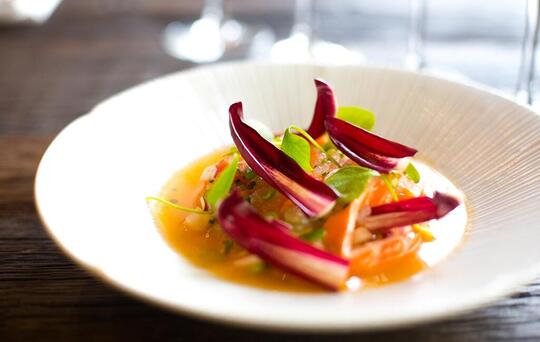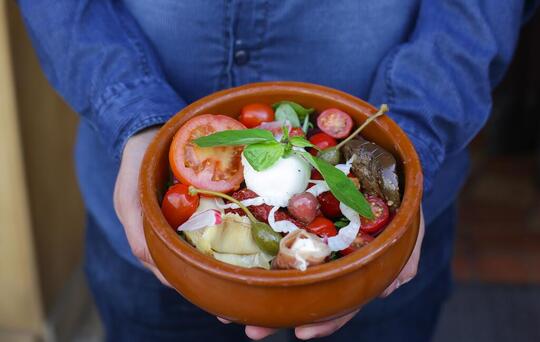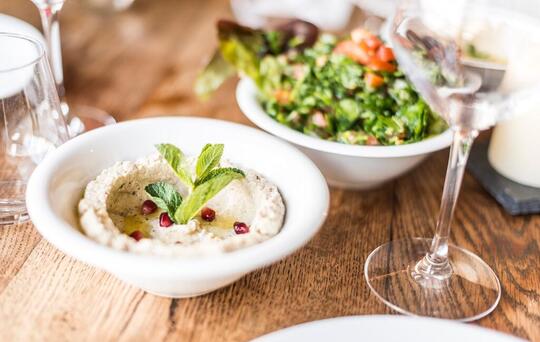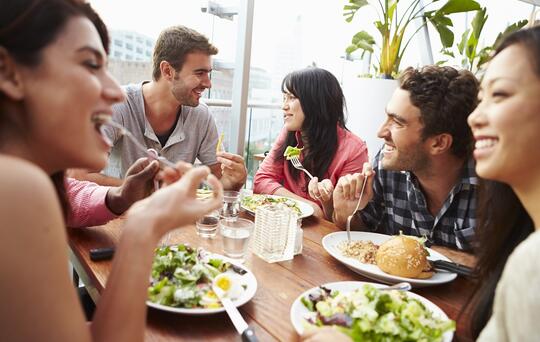Eco-friendly restaurants: How to build a smart menu
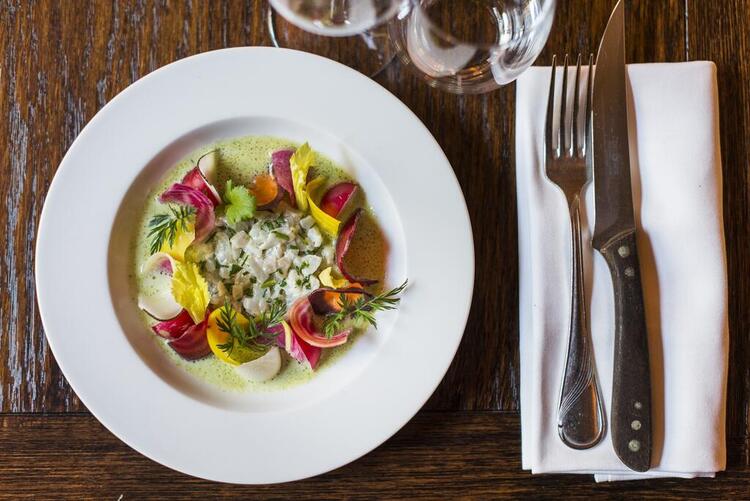
An eco-friendly menu: how to
An eco-friendly menu is one of the most visible ways you can show your customers that you are committed to being more sustainable. Here are a few ideas:
🍏Favour local and seasonal ingredients
Use more locally sourced produce, meat or fish and seasonal products: this reduces your restaurant’s food miles and hence carbon footprint. Try cultivating partnerships with local producers and celebrate both the product and the producer on your website or menu. Many consumers like to know where there food comes from and your clients will likely feel good about engaging with and supporting the local farming community.
🌿Offer plant based menu options
Increasingly people are looking at ways of reducing their meat intake. Why not add at least one entirely plant based dish to your menu? But be sure to make it as attractive in terms of flavour, creativity, and presentation as your meat or fish based dishes.
🍵Feature greener beverages
Tell your customers that you will only serve water on request and offer a range of sustainably produced, local wines. Eliminate bottles and cans and offer customers one-of-a kind sodas, teas or juices that could become your signature drink.
🥄Eco-friendly supplies and packaging In your on-going journey to being a greener restaurant, start reducing your energy consumption and buying more sustainable supplies for all operations.
Photo credits @JasminSessler
💡Greener lighting
One easy way to reduce your energy consumption is to change the lightbulbs. LED lightbulbs use significantly less energy than other lighting and last 2 to 4 times longer. While the initial investment is higher, LEDs are generally considered to be far more energy efficient than fluorescent or incandescent lightbulbs and this saves you money in the long run. You might also install motion sensors in low-use areas.
Photo credits @vimarethomas
👛Energy efficient appliances
Consider installing energy efficient equipment. Again while the initial price is higher, the reduction in your energy consumption over time can considerably reduce your energy bill. And don’t forget to train staff to always turn off equipment and lights when not in use.
🛍️Eco friendly food packaging
Traditional plastic packaging is notoriously bad for the environment. However, there are many types of sustainable food packaging materials that are commercially compostable and bio-degradable. These include wood, paper, sugarcane, bamboo or PLA (polylcticid acid), a thermal plastic derived from renewable resources such as cornstarch or surgarcane. However, note that not all of these are both heat and water resistant.



